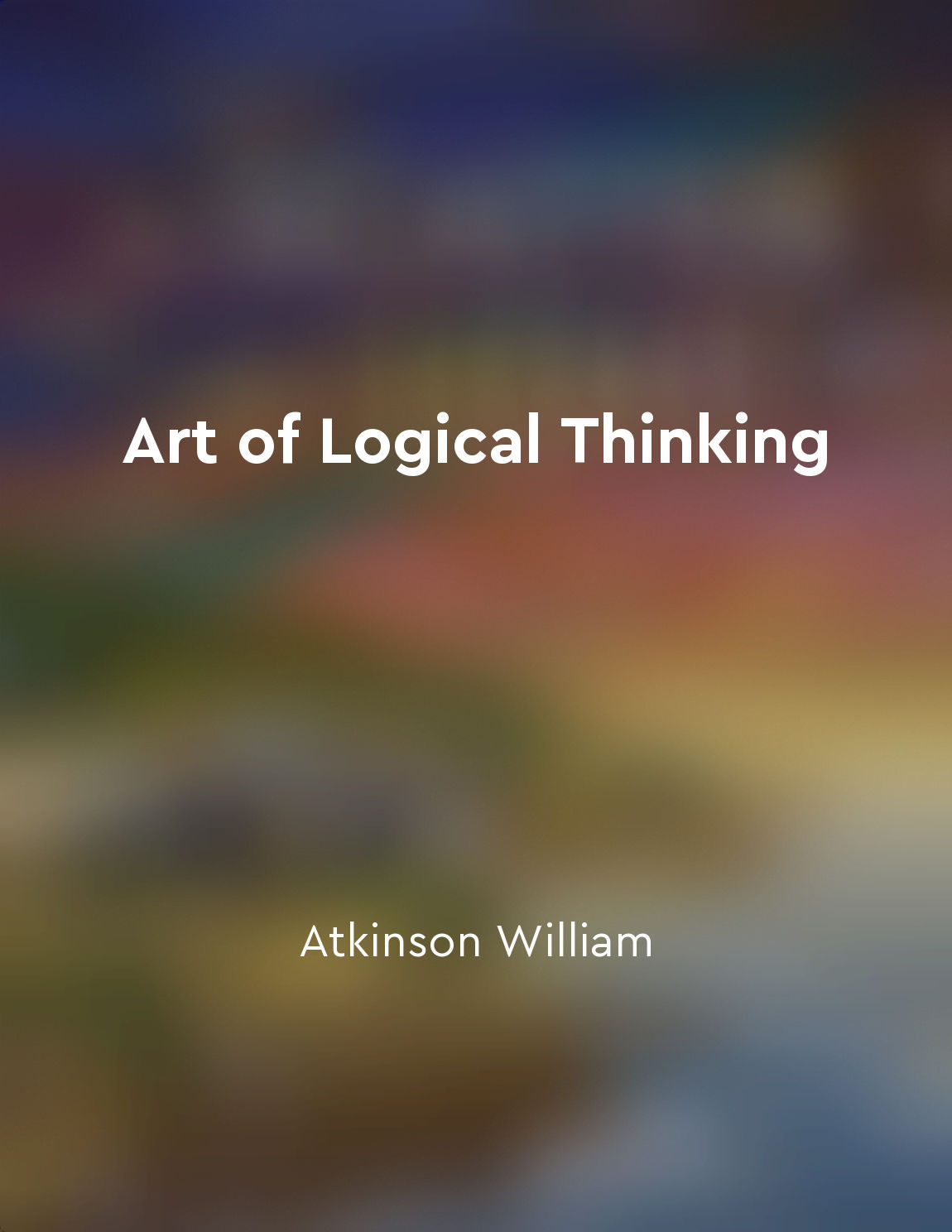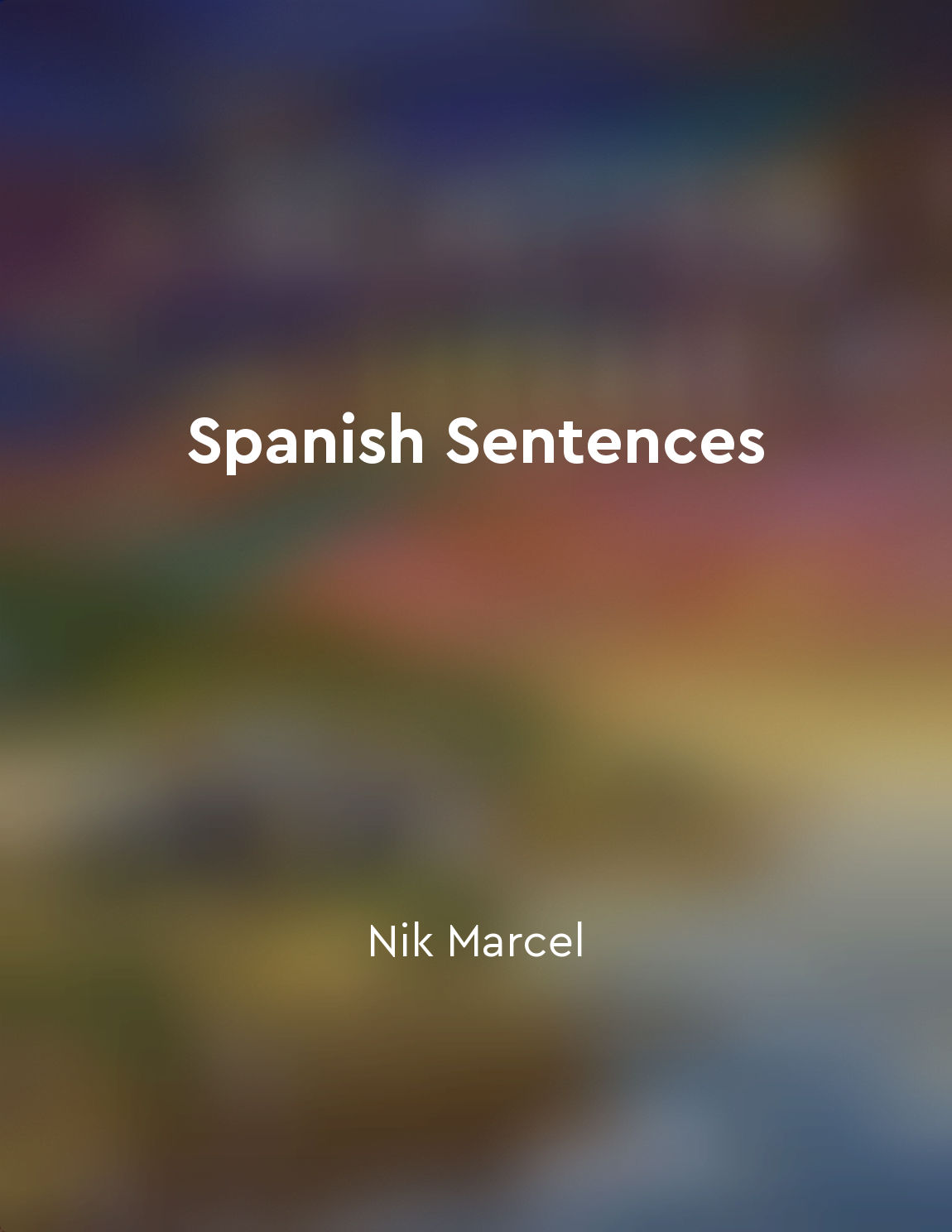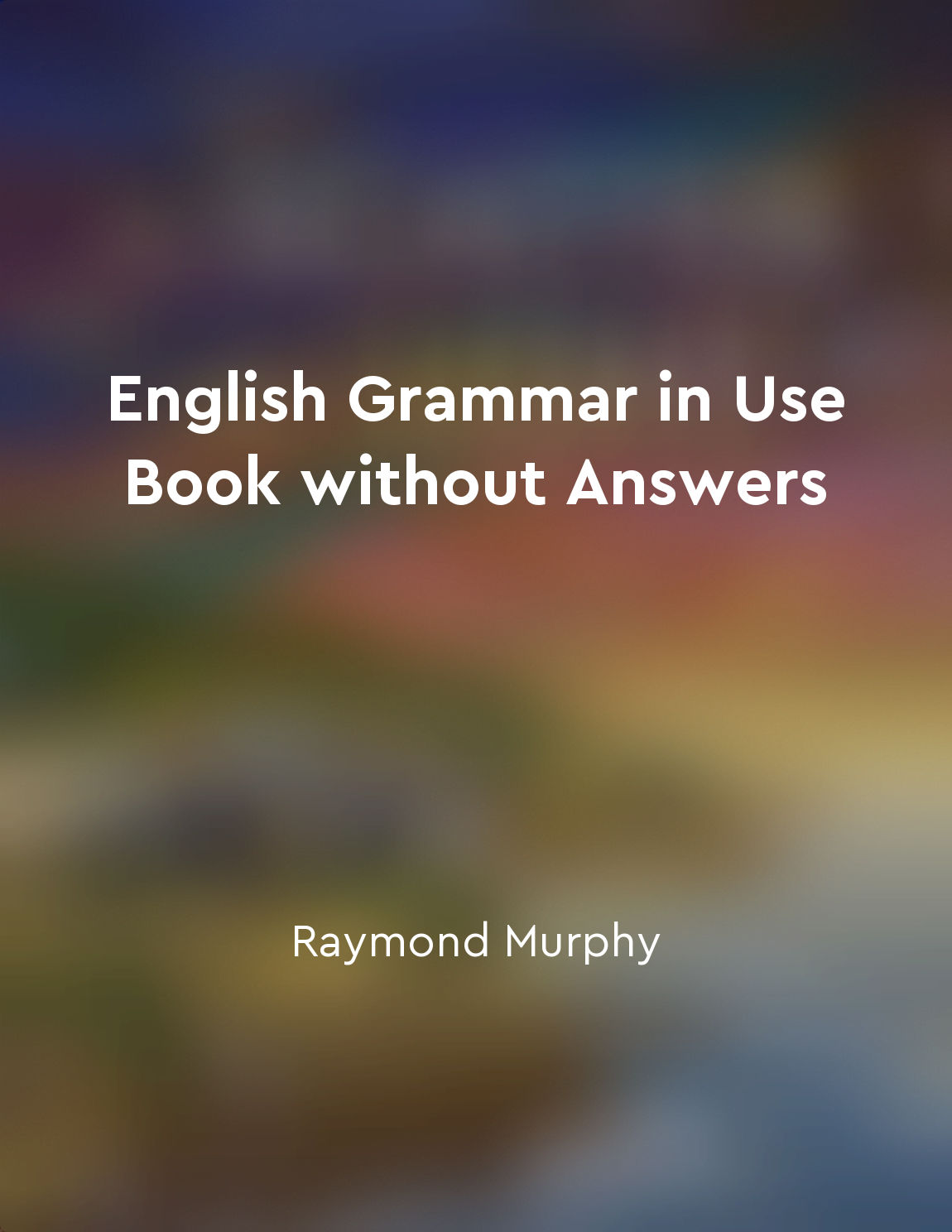Clarifying the differences between similar structures from "summary" of English Grammar in Use Book without Answers by Raymond Murphy
When we are learning English grammar, it is common to come across structures that appear similar but have distinct differences. These subtle variations can be confusing for learners, leading to errors in usage. By clarifying the discrepancies between these similar structures, we can enhance our understanding and use of English with greater accuracy. One example of such similar structures is the use of "will" and "going to" for talking about future intentions. While both can be used to express future plans, "will" is typically used for decisions made at the moment of speaking, whereas "going to" is used for premeditated intentions or predictions based on evidence. Understanding this distinction can help us choose the appropriate form in different contexts. Another common area of confusion is the use of "used to" and "would" to talk about past habits or states. "Used to" is used for past habitual actions or states that no longer app...Similar Posts

Sound arguments are both valid and true
The concept that sound arguments are both valid and true is essential in the realm of logical thinking. A valid argument is one...
Engaging with jokes can boost confidence in speaking English
Engaging with jokes can be a fun and effective way to improve your English language skills. When you laugh at a joke, you are n...
Stay motivated and focused on goals
It is important to maintain a high level of motivation and concentration on your goals in order to achieve success. Motivation ...

Compound sentences in Spanish use conjunctions to join independent clauses
Compound sentences in Spanish are formed by joining two independent clauses using conjunctions. These conjunctions play a cruci...

Trust your intuition in making choices
When it comes to decision-making, many people tend to rely heavily on rational thinking and logic. While these are important fa...
Build rapport through matching and pacing
When you want to establish a strong connection with someone, it's important to pay attention to their communication style. One ...
Reader engagement through interactive exercises
The concept of engaging readers through interactive exercises is a crucial element in the learning process. By incorporating ac...
Individualized instruction can improve student outcomes
Individualized instruction tailors teaching to meet the specific needs of each student. By personalizing the learning experienc...
Concepts are learned through language games
The foundation of our understanding lies in the language games we play. Through these games, we acquire and internalize concept...
Provides insight into the nuances of the language
This collection of short stories has been carefully crafted to help beginners deepen their understanding of the Spanish languag...

